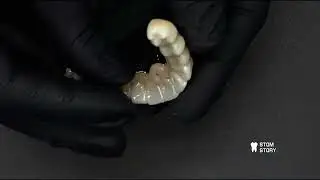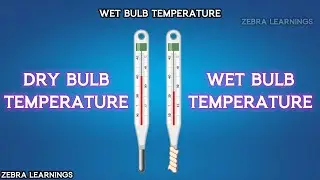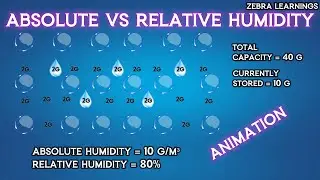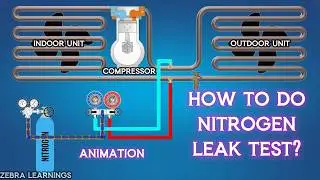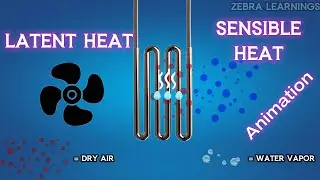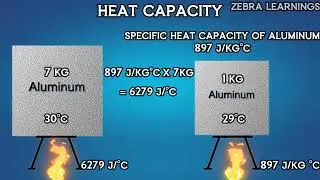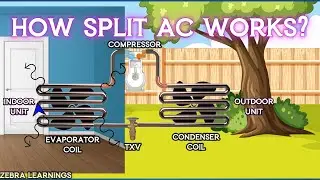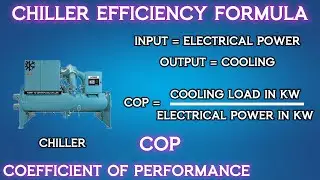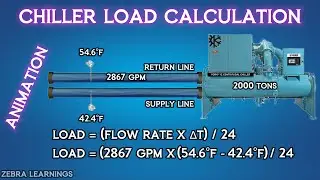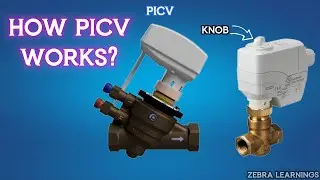Nitrogen Leak Test | How to do? | Animation |
A nitrogen leak test is a common method used to identify and locate leaks in an air conditioning (AC) unit. This process involves pressurizing the AC system with nitrogen gas, which acts as a tracer gas due to its inert and non-reactive properties. The test is typically conducted after the refrigerant has been removed from the system.
Process:
Preparation:
The technician connects a nitrogen regulator to a nitrogen cylinder and then to the AC system through the service port.
Pressurization:
Nitrogen is slowly released into the system, gradually increasing the pressure to a predetermined level. The pressure used varies depending on the specific AC unit and manufacturer recommendations.
Leak Detection:
There are a couple of primary methods for detecting leaks:
Soap Solution: A soapy solution is applied to the connections, joints, and potential leak areas. If a leak is present, the nitrogen escaping the system will create visible bubbles in the soap solution.
Electronic Leak Detector:
A specialized electronic leak detector can be used to identify even the smallest leaks by sensing the presence of nitrogen.
Pinpointing and Repair:
Once a leak is detected, the technician pinpoints the exact location and repairs or replaces the faulty component.
Re-pressurization and Verification:
After the repair, the system is re-pressurized with nitrogen to verify that the leak has been successfully fixed and no new leaks have developed.
Nitrogen leak testing is an essential step in AC maintenance and repair, as it ensures the system's integrity and prevents refrigerant leaks, which can be harmful to the environment and lead to inefficient cooling. If you suspect a leak in your AC unit, it's advisable to consult a qualified HVAC technician who can perform a nitrogen leak test and recommend appropriate repairs.
How to recover refrigerant?
• How to Recover Refrigerant from an AC...
How manifold gauge works?
• How Manifold Gauge Works? | Refrigera...
Please Subscribe to our Zebra Learnings Channel







